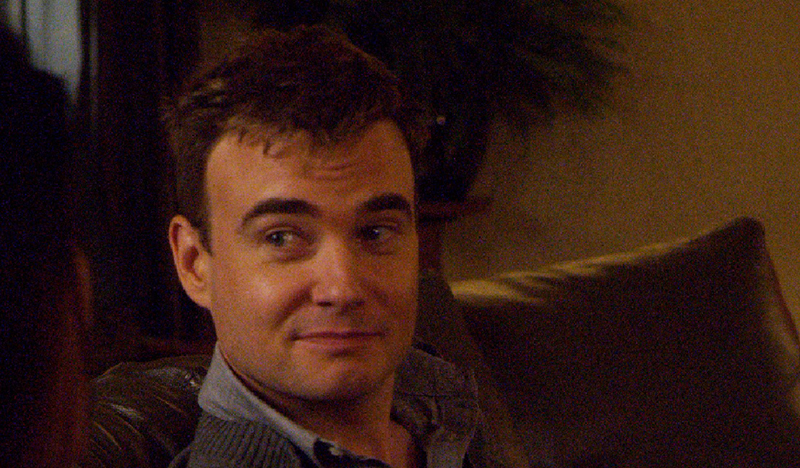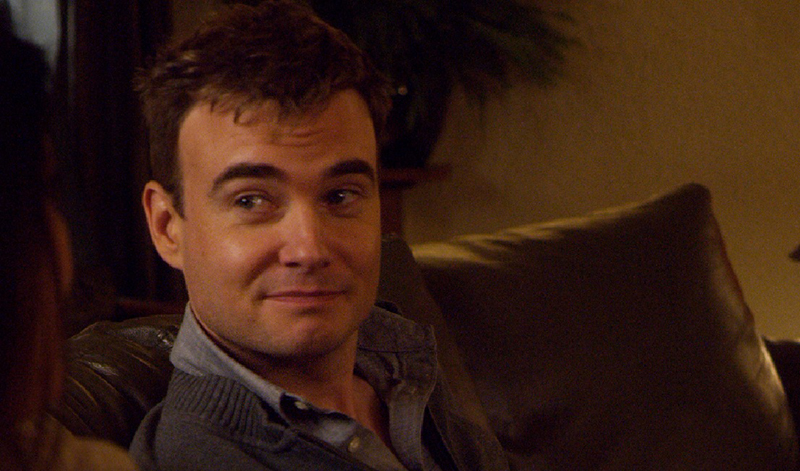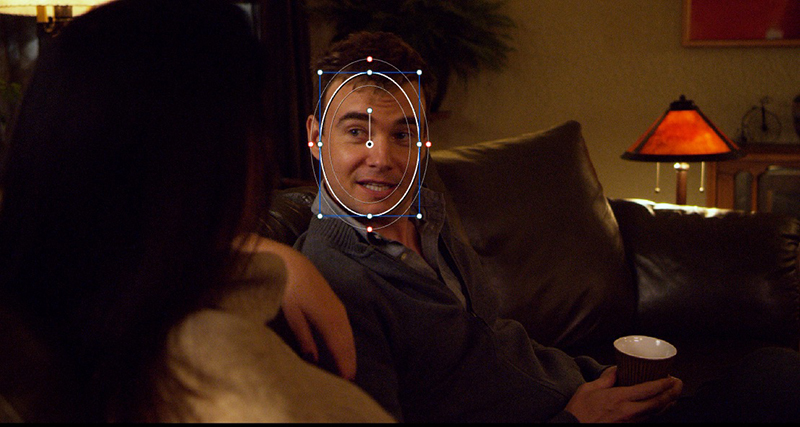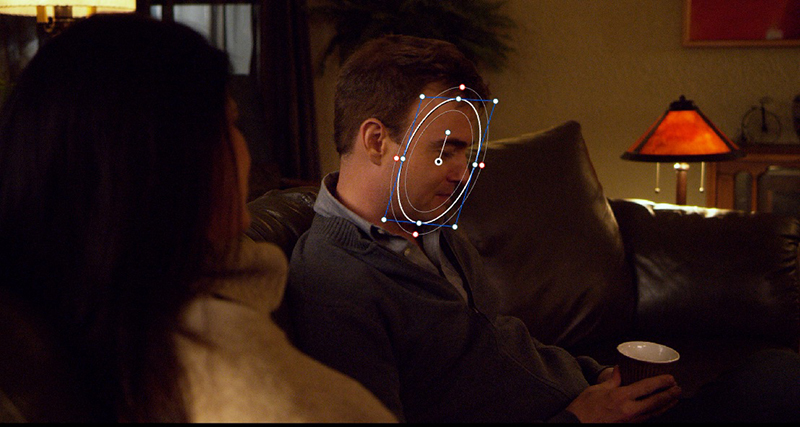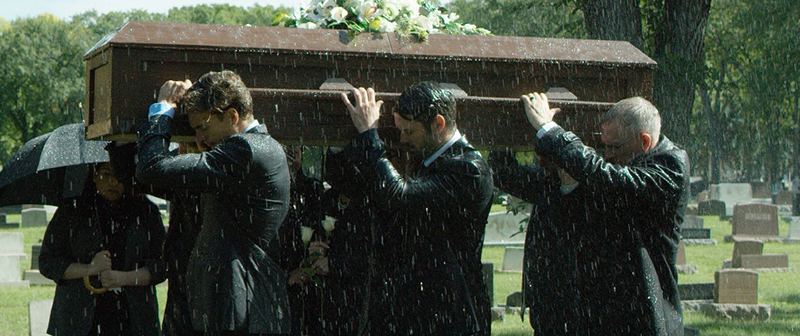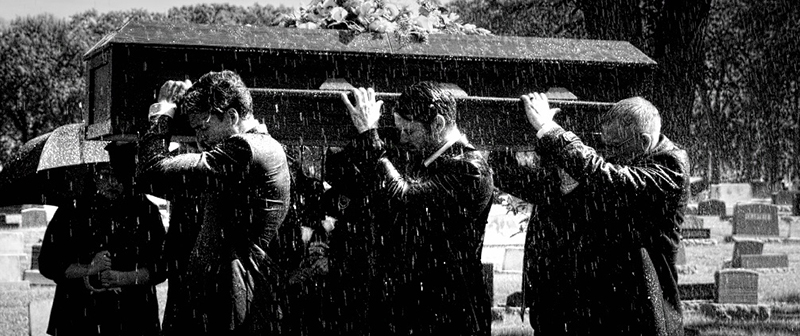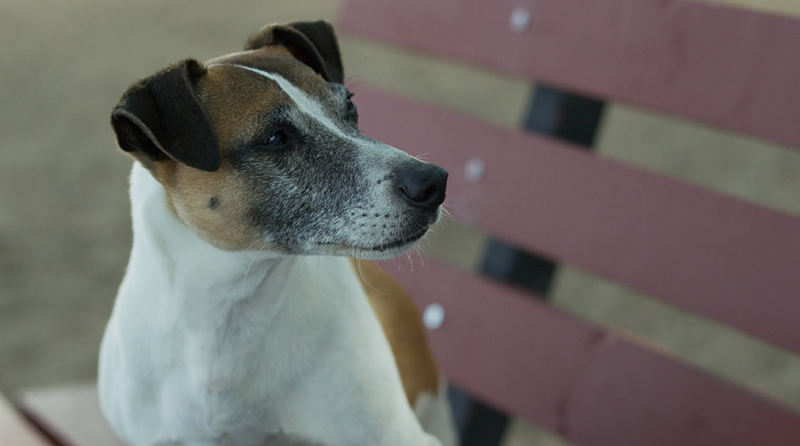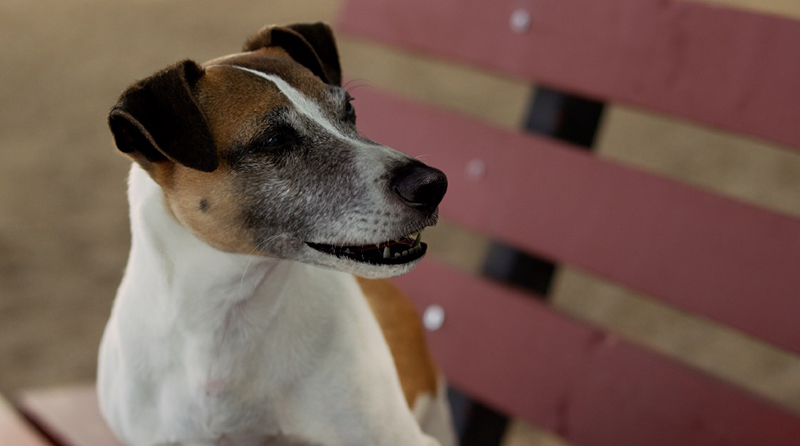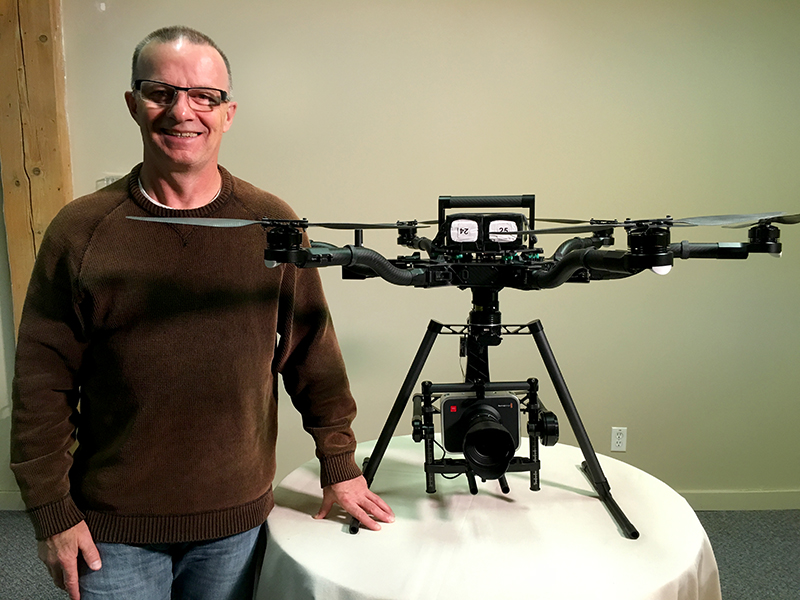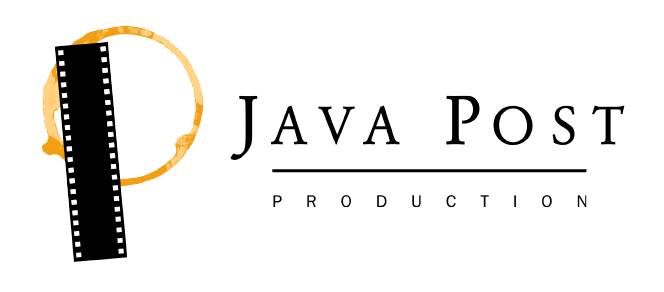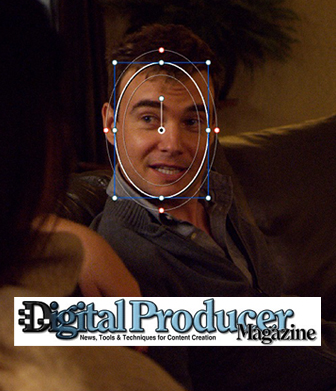Digital Producer Magazine - the online resource for news, tools and techniques for content creation - recently published an article about Java Post Production and our use of Blackmagic Design production tools, specifically the DaVinci Resolve colour grading platform.
Our founder, president, and head colourist Jack Tunnicliffe shared his thoughts and a few before and after examples of the kinds of post-production challenges Java Post has overcome while using DaVinci Resolve.
Below is a transcript of the article, which can be found at http://www.digitalproducer.com/article/Java-Posts-Caffeine-Fueled-Success-4357858
Java Post's Caffeine Fueled Sucess
Jack Tunnicliffe, Java Post founder and president, has lived the transition into digital, keeping his post production facility on the forefront of technology shifts and disruptions.
"Java Post is 20 years old, but this is my 43rd year working in television," he said. "I started in television working at the CTV (Canadian TV) television network as a camera operator and eventually worked my way to a producer/director position doing live television, such as the Olympics. I also produced and directed television shows, documentaries and commercials, but my passion has always been the work done in post."
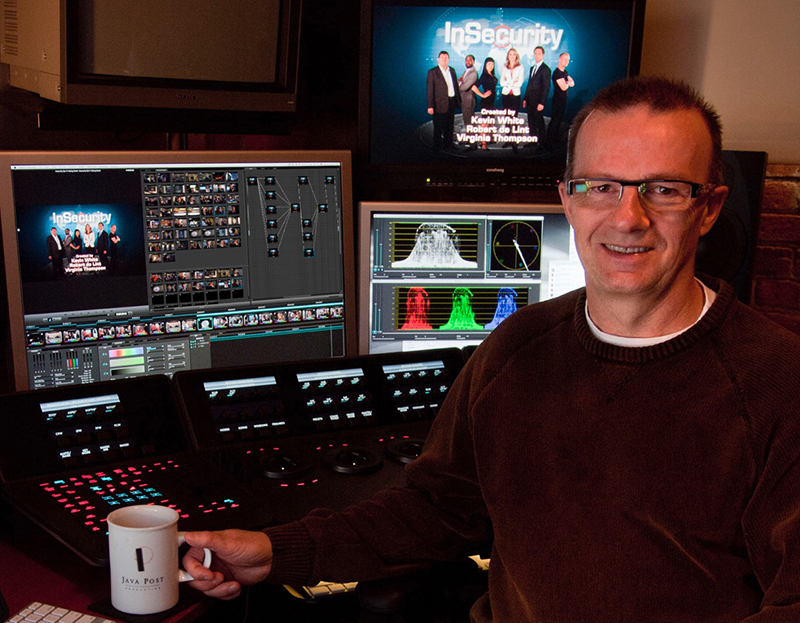
Jack eventually left CTV and launched Java Post in 1995, installing one of the first non linear digital editing systems to manage projects. At the time, non linear editing systems were expensive, but nowhere near the cost of a color grading system, so Java took in projects that were conducive to editing. In those early days, Jack worked alongside colorists who were typically using the first versions of DaVinci color correction system connected to a film transfer. However, from the very beginning he saw color correction work as a perfect fit for the non linear world. He knew that if he could add some of these capabilities to his facility, they would put out even better projects far more efficiently.
"I used to attend NAB every year," Jack said. "Every year, I would talk to the various manufacturers about their color grading technology, including DaVinci, which was not owned by Blackmagic Design at the time. My number one request: come out with a less expensive software version of their product that would work alongside our non linear editing systems. They would look at me like I was a bit out of my mind."
Sensing the trend to shifting more into software solutions and away from proprietary hardware systems, Jack kept his eyes on developers and adopted emerging color correction plugins to have more control over color correcting. "I beta tested for just about every company there was in terms of color correction, which was mainly plugin developers," he said. "I really wanted to help drive that technology forward."
As if he had a crystal ball to predict the future, Jack's aims at offering color services in the non linear world were soon realized when Blackmagic Design acquired DaVinci Resolve and began offering the product in software at a price point just about anyone in the creative community could afford.
One of the first Blackmagic customers to install DaVinci Resolve, Java Post, and Jack specifically, adopted the technology early, participating in every beta cycle possible. "The color grading tools we had been using prior to DaVinci Resolve were a bit limiting," he said. "If we were working on anything longer than a half hour show, the system would break. The plugin tools couldn't manage the actual clips or nodes you could put on a timeline, so 30 minutes was the breaking point. But then with our DaVinci Resolve system we could do an entire movie. If someone wanted it in reels, I would ask 'Why? We've got a color correction program now that we can put the whole two hours in and work on it.' It was just fantastic!"
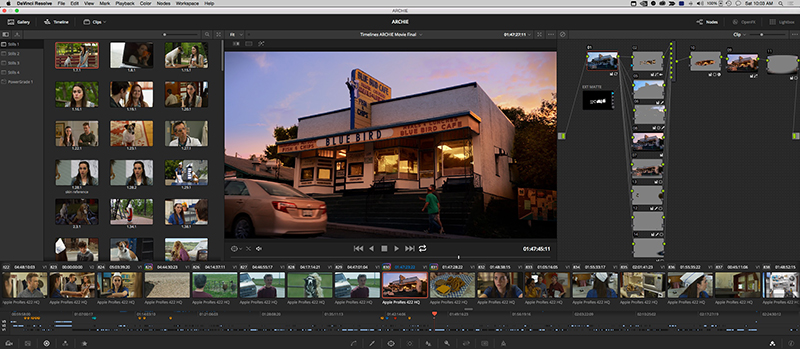
The addition of Blackmagic's DaVinci Resolve opened the doors to more projects that required color work. "In the early days, we were mainly doing TV series and commercials for specialty channels," he said. "We weren't doing massive color correction back then. It was just whatever you could do on the NLE with plugins, but with a full color grading solution in our arsenal, we could expand to take on feature film work."
And this is exactly what Java Post did with DaVinci Resolve in its toolkit.
Not only did the addition of DaVinci Resolve bring in more projects, but it also helped maximize efficiency for Java Post. Under the old workflow, a half hour show would take 10 or 12 hours to render out, something that would have to be done overnight. If a crash occurred, an entire day was lost along with a few frayed nerves. Now with Resolve, the team can render out HD projects at 90 frames a second, two to three times as fast as real time rendering. Half hour shows went from overnight projects to less than 10 minute tasks. "Unbelievable," Jack said.
Productivity was not the only game changer. Thanks to DaVinci Resolve, Jack could now sit with clients and play back projects in real time with no more rendering out in advance. Changes could be done on the fly and replayed, creating much better collaboration between artist and client.
Today, Java Post has a fully equipped THX certified grading theater and multiple color and editing rooms that support a slew of projects requiring the full post treatment including TV series, commercial campaigns and government projects. With DaVinci Resolve, Jack can have superior color grading capabilities in his office as well as on his personal laptop, allowing him to tap into any one of the many projects they have running simultaneously from just about any location.
Fine Brewed Features
When asked about the fan favorite features, its hard for Jack to select just one. "We're doing a reality show where they have to blur out faces, and DaVinci Resolve is fantastic for that," he said. "The Mask Tracker lets you track somebody's face in real time. It's an incredible time saver."
Jack also relies on DaVinci Resolve's Noise Reduction feature. Working on The Adventure Club, a feature film starting Billy Zane and Kim Coates, Jack showcases the power of DaVinci's temporal Noise Reduction technology. "I'm doing some serious noise reduction in the movie," he said. "In this particular scene, I am using the temporal noise reduction, which is now very powerful in Resolve and works in real time on my machine, rendering at over 50 fps out at HD levels."
He continued, "You can see the impact in these before and after shots. The new Mask Perspective Track allows a track of a shape that changes perspective. In this case, someone turns their head while they are talking."
Every once in a while, there is a request to make a good image appear dark and dreary. "It's difficult to show something different," he said. "After all, what we do as colorists every day is to take dull images and make them sharp. However, this commercial spot for Saskatchewan Government Insurance was the opposite. We took color images and made them dark for this particular project."
And of course, there are the features that make a good shot look great, which he used on the feature film A.R.C.H.I.E., starring Canada's own Michael J. Fox. The main character, A.R.C.H.I.E., is a talking dog. Java is responsible for the dog's mouth animation, and the team achieves the look using DaVinci Resolve. "I pre color correct footage of the dog before the 3D mouths are done, as you can see in this close up of A.R.C.H.I.E. the dog, before animated mouth and after animated mouth," Jack said.
Java Takes to the Skies
Java's investment in Blackmagic gear doesn't stop in post. An expert behind the camera as well, Jack picked up one of his first Blackmagic Design cameras to support Java's growing production and, more specifically, aerial photography business. "The Blackmagic Production Camera 4K was the first large format camera that we invested in," he said. "This was because of the price and quality Blackmagic is known for."
The camera's high dynamic range and the ability to shoot RAW was a hit. "Suddenly we could shoot in 4K and RAW, and for our projects that use green screen...to get an image with very high dynamic range is awesome. As a post guy, I want all the data I can get."
With a personal interest in planes and flight technology, Jack saw an opportunity to expand Java Post into the aerial photography business with the arrival of drones. "We started out by producing aerial vignettes of the Saskatchewan area on our own and even bought some television air time," he said. "These were really beautiful shots of our city and of the prairie. The advertising agencies started to pick up on it. They wanted to include similar shots in their campaigns. Eventually, it became a component of just about every request for work we received. Clients wanted aerial shots in almost every project."
The increase in demand for aerial photography has led Jack to expand his equipment even more. "For the upcoming 2016 season, we plan to add the Blackmagic Production Camera 4K along with the Freefly ALTA UAV drone to the list of gear we can use for our aerial work," he said.
Until then, we'll be waiting in anticipation to see what
Jack and
Java come up with. With such great heights within their grasp, it will be nothing short of breathtaking. For more information on
Java Post, please visit
http://www.javapost.ca/


